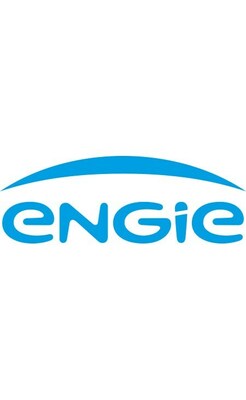Originally published on WorkLife
As global VP of talent management for the past decade-plus at one of the world’s best-known spirits brands, John McCusker has witnessed firsthand the challenges faced by HR teams everywhere — but with a twist.
At a time when conversations about the workplace tend to revolve around AI, RTO, the impact of President Trump’s rapid-fire directives and other changes in the way business is done, McCusker remains focused on something fundamentally different at Bacardi Ltd.: preserving human connection.
“How do we keep humanity in the workplace?” he asks, recalling conversations with fellow HR leaders at a recent conference. While everyone else there was fixated on the implementation of AI, McCusker found himself wondering about a more pressing matter: how companies can deploy AI to help line leaders connect with their people on a more personal level.
That thinking comes at a time of intense challenges for the spirits trade — particularly as Trump’s trade policies threaten to turn that industry, as so many others, upside down.
The emphasis on people is not some touchy-feely proposition. A people-first approach to talent management is at the heart of the 160-year-old, family-owned spirits marketer, beginning with how the company views its employees — affectionately called primos, Spanish for cousins. The term originated years ago when the chairman was addressing senior leadership and noted, “When we talk to one another as family members, we say ‘Hola, primo!’ — because when we think about you as leadership and the rest of the organization, we see you as extended family.”
“In families there are no annual performance reviews — you have just-in-time, dynamic, in-the-moment, authentic conversations about what’s working and what isn’t working.”
– John McCusker, VP of talent management, Bacardi Ltd.
At Bacardi, that isn’t just corporate speak — it is at the core of how talent management functions. As McCusker explains, “Do you sit down with your spouse or your partner at the end of the year and have a formal year-end review? In families there are no annual performance reviews — you have just-in-time, dynamic, in-the-moment, authentic conversations about what’s working and what isn’t working.”
It is that perspective that catalyzed the creation of “Let’s Talk,” Bacardi’s distinctive approach to performance management, launched in 2016. Rather than traditional performance reviews, the program encourages natural, employee-driven conversations that happen across the year. “We said the world’s changing at a pace that we probably need to rethink,” McCusker said. “Is it really relevant to say on the first of April, ‘Here’s what we’re going to do’ — and then the world changes and you look back on the 31st of March to something that very quickly became out of date?”
The company’s timing executing an ongoing, fluid dialogue with its people couldn’t have been more perfect. When the pandemic hit and Bacardi’s workforce went remote, it meant the company already had a performance system in place built on trust, authentic communication and regular conversations. The results speak for themselves: employee engagement scores improved after the implementation of the policy, while metrics related to performance management showed marked improvement. Team members reported high satisfaction with both the frequency and quality of conversations about expectations and career development, according to McCusker.
Bacardi’s talent approach is anchored in what McCusker calls the “Three F’s”—Fearless, Family and Founders. The “Fearless” component carries dual significance, meaning the courage to, as McCusker puts it, “run through walls to deliver objectives,” as well as the vulnerability to “put your hand up and say, ‘I need help.’”
The emphasis on authentic leadership runs like a thread through all the company’s development programs, McCusker explains. “How do we move leaders from being heroes to humans?” he said, noting that corporate leaders are encouraged to embrace their own humanity and vulnerability versus maintaining some façade of perfection.
“John brings a level of expertise, empathy and vulnerability that creates an open dialogue central to creating a positive workforce where talent can flourish.”
– Tony Latham, regional president, Bacardi North America
Meanwhile, the “Family” element manifests in an “all-in mentality,” encouraging employees to think “Bacardi first, then team, then you.” The approach aligns incentives with collective success rather than short-term individual gains — a marked departure from the shareholder-first mentality of many publicly traded organizations.
For a company with a century and a half under its belt, balancing tradition with innovation can be a tall order. McCusker sees it not as a contradiction, however, but as complementary. “It’s not an either-or — it’s and,” he said, with team members encouraged to ask: “How do you celebrate the past as you build an even richer and more successful future?”









